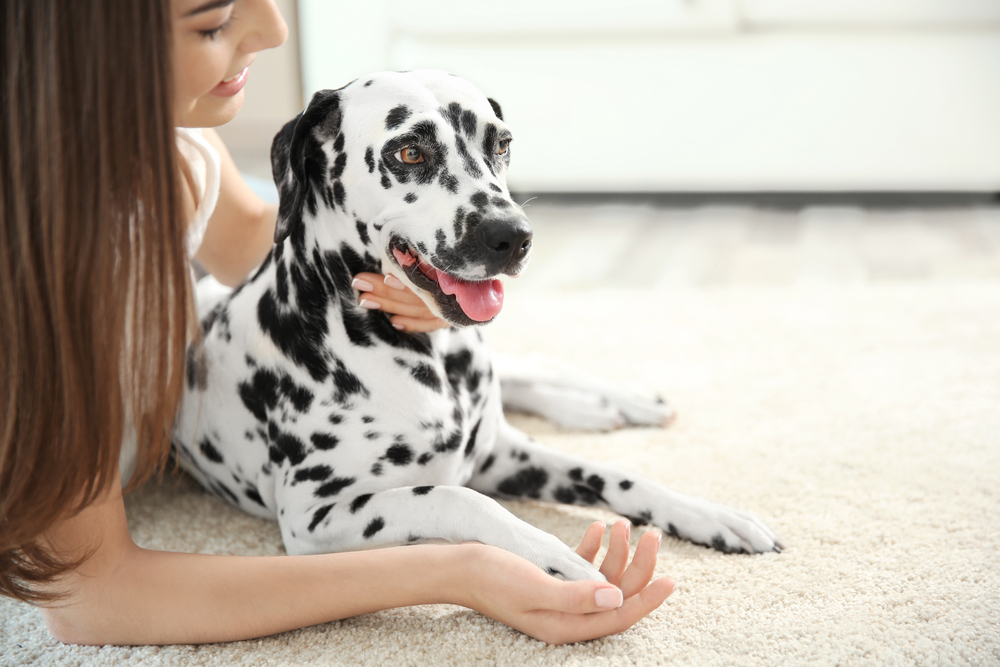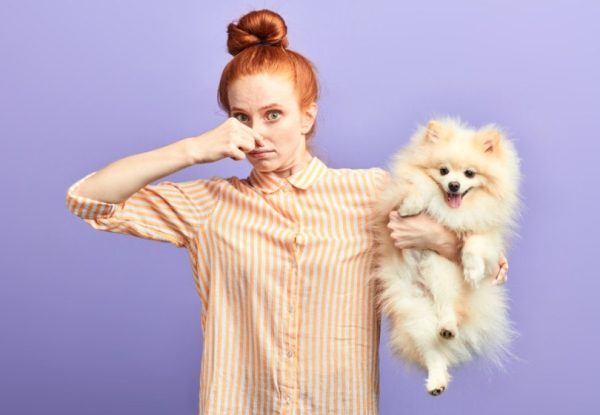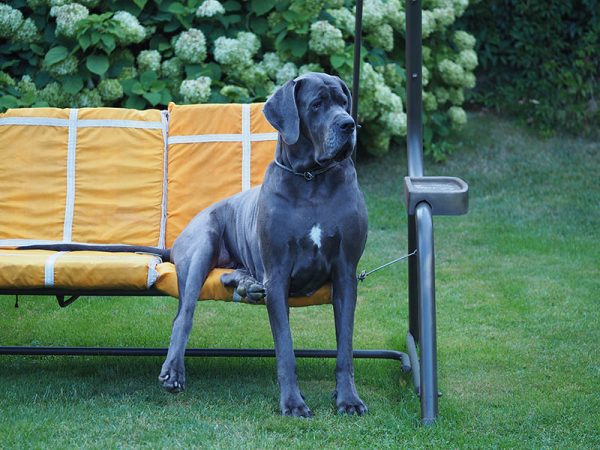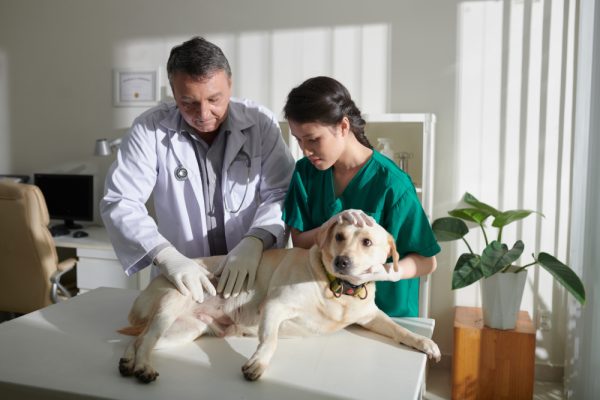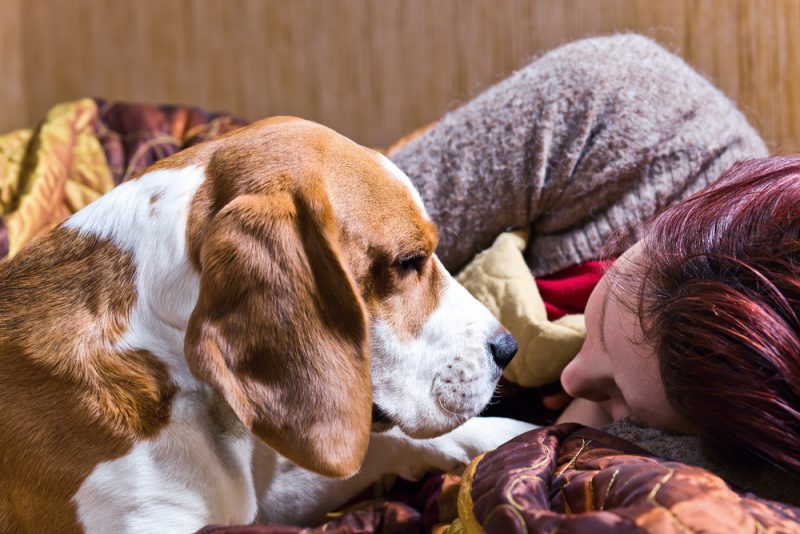For most dog lovers, when an adorable, tail-wagging dog is within sight, there’s an immediate pull to hurry over and pet them. While most dogs respond well (and often enthusiastically) to some affectionate petting, not all do. And sometimes, that has to do with how you pet them.
To ensure that you are petting your dog properly, you must know their boundaries. In this article, we discuss how you can respect your dog’s boundaries in terms of when and where they want to be petted.

The 3 Steps to Petting a Dog
1. Wait for the Dog to Initiate Contact
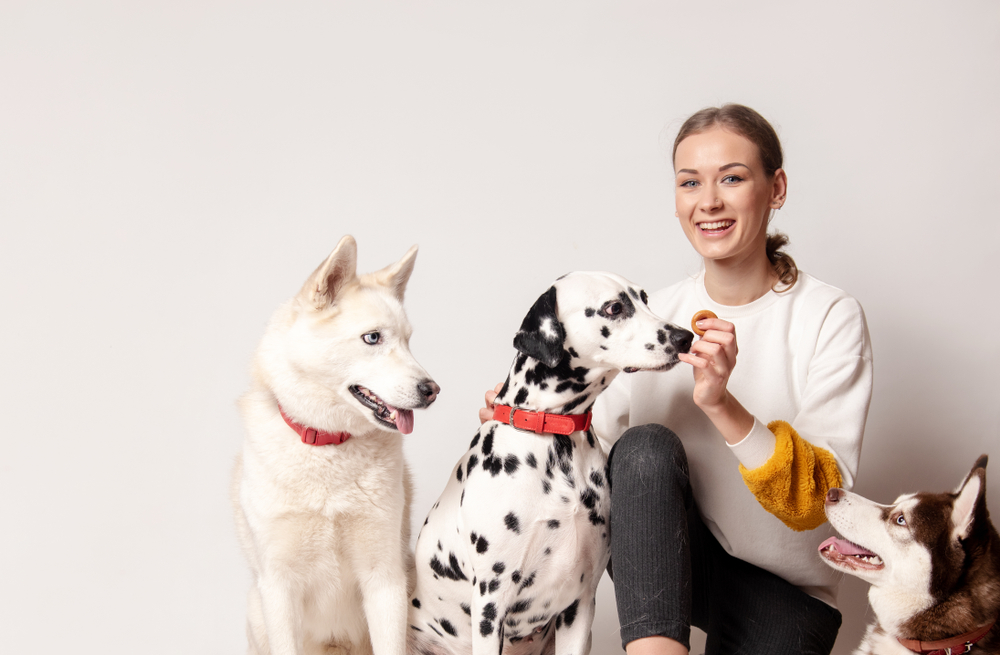
The easiest way to ensure that you respect your dog’s boundaries is to allow them to approach you rather than the other way around. If your dog comes to you for attention, it is likely that they will be eager to be petted. Dogs that do not initiate contact (especially unfamiliar dogs) should have their space respected.
That said, if you want to pet your dog, you don’t always have to wait for them to approach you passively. You can stand a few feet away from your dog, crouch low to the ground, and invite them to approach you. If your dog is comfortable and confident with you, they will probably be able to read your body language well enough to realize that you are inviting them.
If the dog is unfamiliar or timid, turn your body to the side when inviting them over. This can make you appear less threatening. If they approach, you can gently and slowly pet them. If they attempt to evade your hand, they likely don’t want to be touched. Try again later or when they are feeling more comfortable.
2. Make Sure the Dog Wants to Be Pet
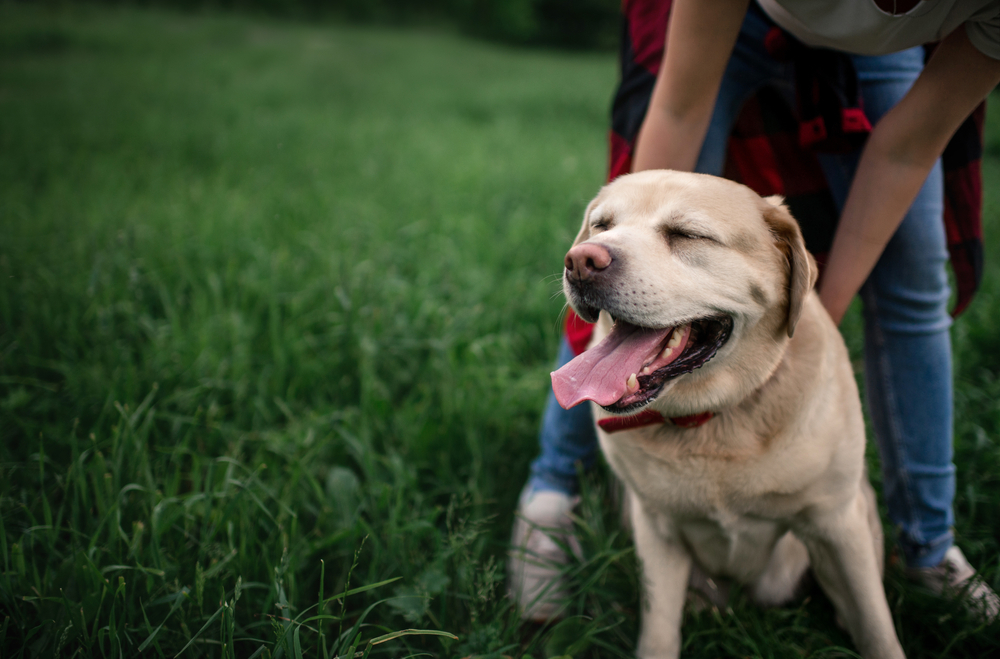
Even if a dog approaches you, that doesn’t always mean they want to be touched. Before petting them, pay close attention to their body language to gauge their willingness to be petted. A friendly, receptive dog typically has relaxed body language with their ears slightly back and their tail positioned at mid-level height.
Their tail may wag in a swinging motion. A dog may sniff you to investigate you, and if they stick around, that is a good sign that they are willing to engage.
However, even these signs of friendly body language don’t guarantee that a dog wants to be petted. If you attempt to pet a dog and they flinch back, don’t push the issue.
3. Focus on the Best Petting Spots
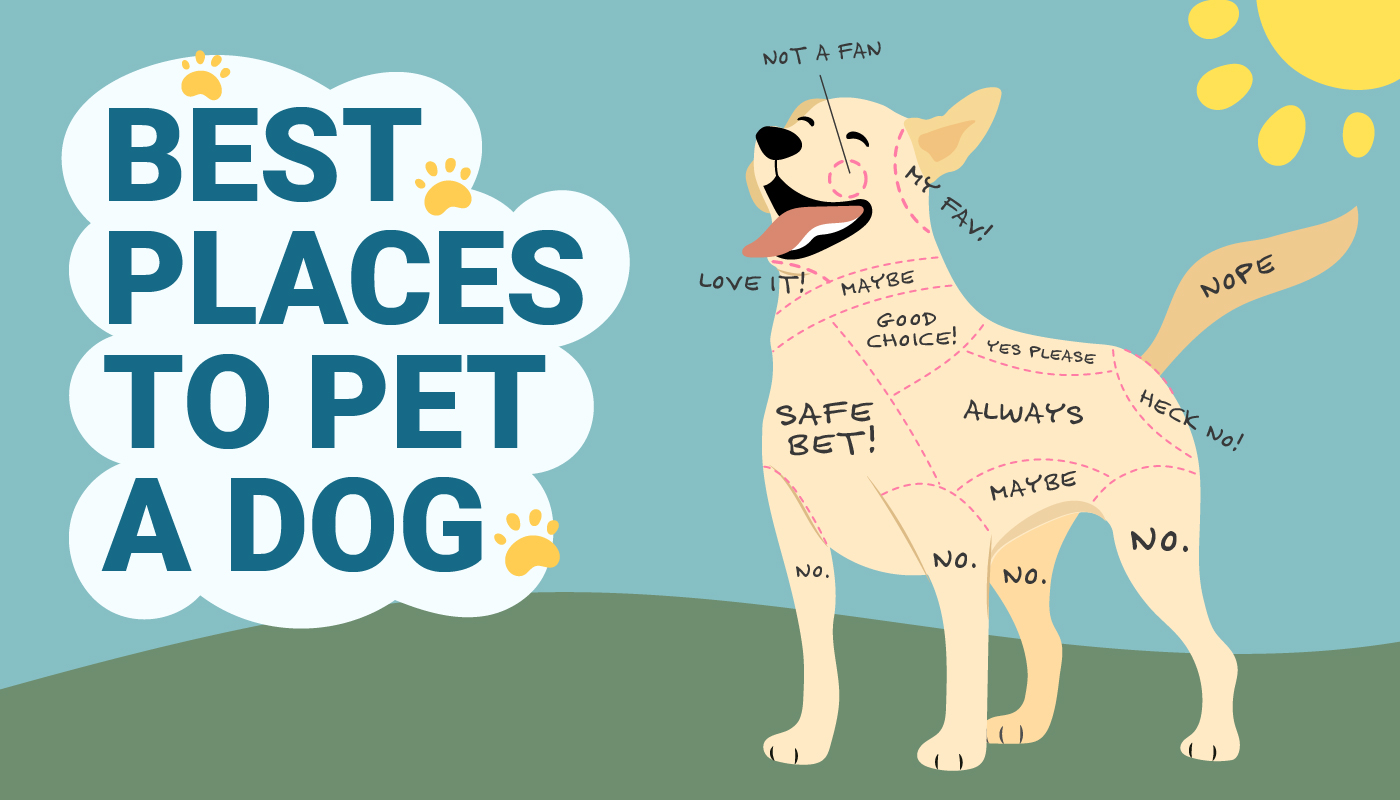
Once a dog has approached you and allowed you to touch them, make the most of the opportunity by only petting pleasant spots. Petting places your dog doesn’t like may make them wary of being petted by you.
Typically, dogs enjoy being petted around the shoulders, chest, and the base of the neck. The more you know your dog, the better you’ll be able to learn other areas that they prefer to be petted. Common areas include beneath the chin or at the base of the tail.
Avoid touching the bulk of the tail. Other areas to avoid include the top of the head, the muzzle, the legs and paws, and the ears. When petting your dog, start with slow, gentle touches. The experience should be pleasant and calming.
If your dog appears to be interested in more playful, vigorous scratching, you can gradually change the tempo of your petting. Pay attention to your dog’s body language to determine when they have had enough petting or if they want you to slow back down again.

Final Thoughts
Petting a dog does not have to be rocket science. By paying close attention to your dog’s non-verbal cues, you can determine how comfortable they are with physical contact. Once you’ve evaluated their willingness for affection, you can pet them and focus on their favorite spots. Petting is a great way to bond with your dog, and doing it right can strengthen your connection even more.
Featured Image Credit: Africa Studio, Shutterstock
